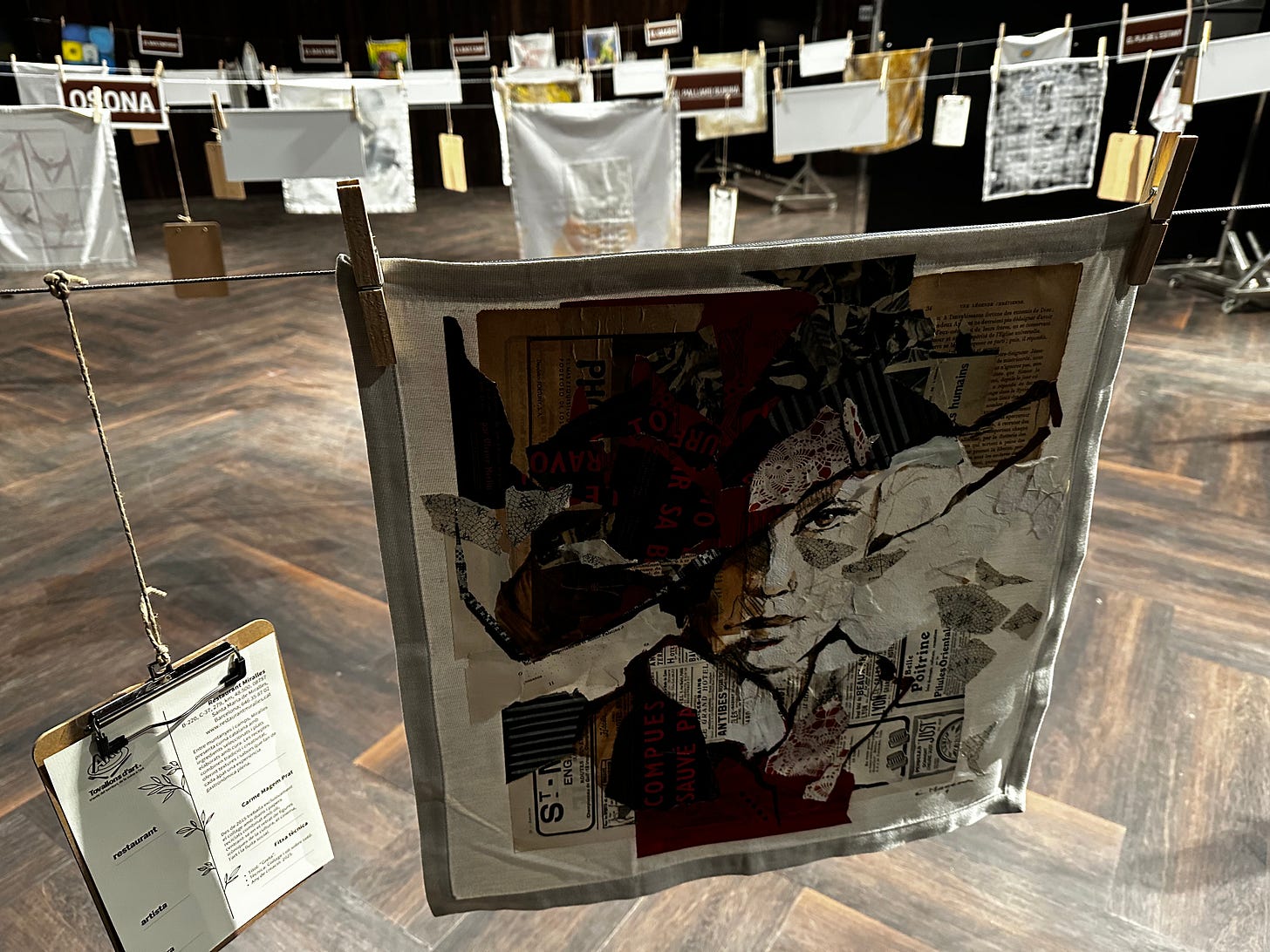Tovallons d'Art: Sitges Exhibition Fuses Catalan Food & Art
A review of the ‘Art Napkins’ exhibition at Mercat Vell, Sitges. Explore how artists transform humble napkins into powerful visual metaphors for gastronomy, memory, and regional identity.
The “Tovallons d’Art” (Art Napkins) exhibition, recently encountered at the atmospheric Mercat Vell in Sitges, offers more than just a collection of art; it presents a profound meditation on the connection between gastronomy, creativity, and regional identity. The experience of seeing the work firsthand proved to be an …




